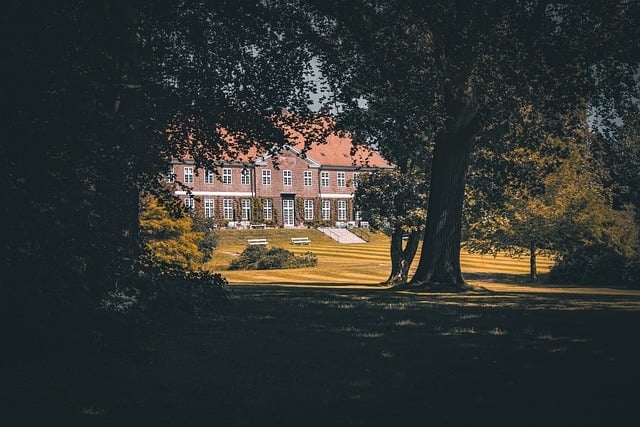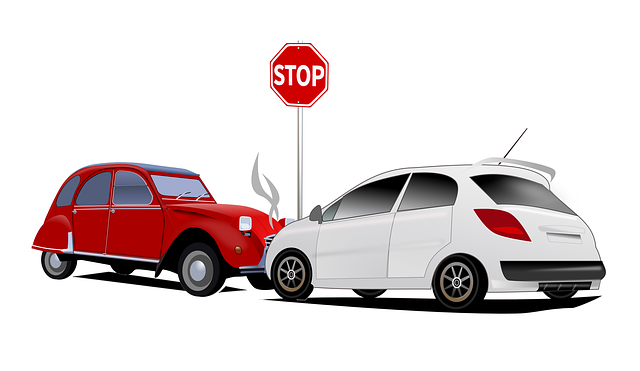Property and Casualty Insurance for Commercial Buildings is a critical component of risk management, offering dual protection against structural damage (via commercial property insurance) and liability claims (through casualty insurance). This comprehensive coverage safeguards business owners from unexpected crises, enabling them to prioritize growth and maintain financial stability. The policy includes physical damage, business interruption, and liability for bodily injury or property damage. Coverage costs vary based on location, building age and type, asset value, and potential business interruption losses, with specific exclusions like floods, earthquakes, and terrorism requiring additional policies. A swift understanding of the claims process is vital for seamless recovery after loss or damage.
In today’s dynamic business landscape, safeguarding your commercial assets through comprehensive property and casualty insurance is paramount. This article serves as your guide to navigating the intricacies of Property and Casualty Insurance for Commercial Buildings. We’ll delve into what this coverage entails, explore common policy inclusions and exclusions, and demystify the claims process. Understanding these aspects ensures you’re adequately protected against potential losses or damages to your valuable commercial property.
Understanding Property and Casualty Insurance for Commercial Buildings

Property and casualty insurance for commercial buildings is a vital component of risk management for any business operating in a physical space. This type of insurance offers financial protection against potential losses stemming from damage to the structure, as well as liability coverage for any accidents or injuries that may occur on the premises. By understanding these insuring principles, business owners can better safeguard their investments and ensure continuity.
Commercial property insurance specifically covers buildings, their contents, and associated loss of use due to unforeseen events like fires, storms, or vandalism. Casualty insurance, on the other hand, provides liability protection, shielding businesses from claims related to bodily injury or property damage suffered by others on their property. Together, these policies create a comprehensive safety net, enabling business operators to focus on growth rather than unexpected crises.
Types of Coverage: What's Included in a Standard Policy?

A standard property and casualty insurance policy for commercial buildings typically covers a wide range of potential risks and losses. This includes protection against physical damage to the structure itself, as well as any structures on the property, such as outbuildings or fences. The policy also generally includes coverage for business interruption, which can help businesses recover financially if they have to close temporarily due to a covered event like a fire or storm.
In addition to structural and business interruption coverage, these policies often include liability protection. This can protect businesses against claims of bodily injury or property damage that may occur on their premises. It also covers legal fees and court costs in the event of a lawsuit. The specific details and amounts of coverage can vary between policies, so it’s essential for commercial building owners to carefully review their policy to understand what is and isn’t covered.
Why is Commercial Building Insurance Important?

Commercial building insurance, also known as property and casualty coverage, is more than just a safety net; it’s an investment in the future of your business. In today’s dynamic market, commercial buildings face diverse risks, from natural disasters to liability claims and vandalism. Without adequate insurance, these incidents can cripple not just your physical assets but also your financial stability and operational continuity.
Imagine this: Your valuable inventory is damaged in a fire, or a slip-and-fall incident leads to a costly lawsuit. Property and casualty insurance steps in to cover these unforeseen events, helping you to maintain business operations, repair or rebuild structures, and even replace lost assets. By securing comprehensive commercial building insurance, you’re not just protecting bricks and mortar; you’re safeguarding your business’s potential, ensuring peace of mind, and demonstrating foresight to stakeholders and customers alike.
Factors Affecting the Cost of Your Policy

The cost of a property and casualty insurance policy for commercial buildings is influenced by several key factors. One of the primary considerations is the location of the property, as areas prone to natural disasters like floods, hurricanes, or earthquakes often face higher premiums due to increased risk. For instance, properties near coastal regions may require specialized coverage against coastal storms.
Another significant factor is the type and age of the building structure. Older buildings might demand higher insurance costs due to potential structural vulnerabilities and outdated safety features. Conversely, eco-friendly or modern structures with robust construction and safety mechanisms could be eligible for discounted rates. The value of business equipment, inventory, and losses from business interruption also play a role in policy pricing. Insurers assess these aspects to determine the financial exposure associated with each property, thereby setting policy premiums accordingly.
Common Exclusions to Look Out For

When considering property and casualty insurance for commercial buildings, it’s crucial to be aware of common exclusions that could significantly impact your coverage. Some policies may not cover damage caused by certain perils, such as flood, earthquake, or terrorism. These are often considered high-risk events and require separate policies or endorsements.
Another area to watch is the handling of business income loss. While the policy might cover physical damages, it may exclude any revenue losses incurred during the downtime period. This could leave your business vulnerable if a covered event disrupts operations. Understanding these exclusions beforehand allows for more informed decisions when selecting the right commercial property and casualty coverage for your business.
Claims Process: What to Expect After a Loss or Damage

After experiencing loss or damage to your commercial property, understanding the claims process is crucial for a smooth recovery. The first step involves contacting your insurance provider as soon as possible to report the incident. They will guide you through the initial steps and assign a claims adjuster to assess the damage. This professional will inspect your property, document the losses, and provide an estimate for repairs or replacements.
The insurer will then review the claim and may require additional documentation or information to support your case. Once approved, they will provide you with a settlement offer, which could include payment for repairs, replacement costs, or even total loss compensation. It’s important to carefully review the offer, understanding all the terms and conditions, before accepting or negotiating further.
